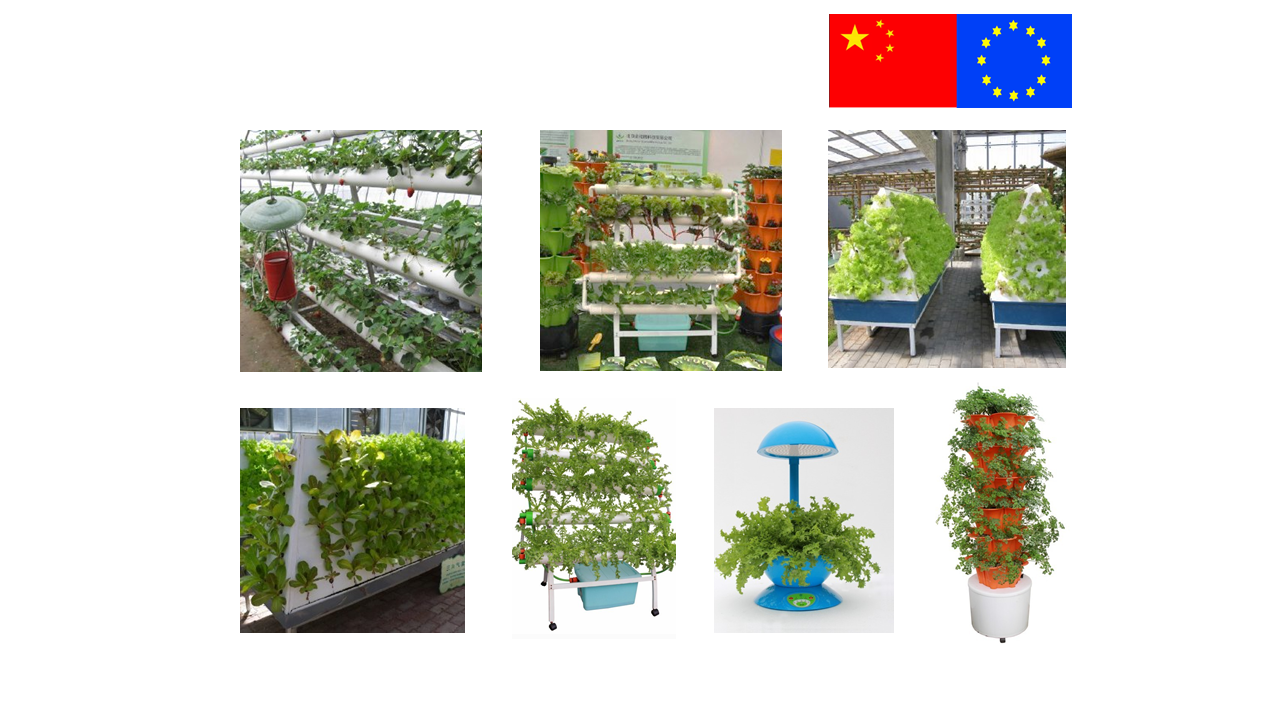Division of Biotechnology and Plant Health
SiEUGreen: Sino-European innovative green and smart cities

End: dec 2022
Start: jan 2018
Resource-efficient urban agriculture for multiple benefits – contribution to the EU-China Urbanisation Partnership
Project partners
| Name | Country | |
| 1 | Norwegian University of Life Sciences (NMBU) | NO |
| 2 | Norwegian Institute of Bio-economy Research (NIBIO) | NO |
| 3 | Institute of Vegetables and Flowers, Chinese Academy of Agricultural Sciences (CAAS) | CN |
| 4 | CREVIS SPRL | BE |
| 5 | Nordregio (Nordic Centre for Spatial Development) | SE |
| 6 | EMETRIS SYMVOULOI ANAPTYXIS ORGANOSIS KAI PLIROFORIKIS AE | GR |
| 7 | Aarhus municipality | DK |
| 8 | VILABS (CY) LTD | CY |
| 9 | OKYS LTD | BG |
| 10 | Beijing Agricultural Ecological Ideas Services Union EAEISU | CN |
| 11 | Beijing Green Valley Sprout CO., LTD | CN |
| 12 | A-Aqua AS | NO |
| 13 | Hatay Metropolitan Municipality | TK |
| 14 | Rural Development Institute, Chinese Academy of Social Sciences (CASS) | CN |
| 15 | Sampas Bilisim Ve Iletisim Sistemleri Sanayi Ve Ticaret A.S. | TK |
| 16 | Hunan Hengkai Environmental Protection Science & Tech Ltd. | CN |
| 17 | SEECON INTERNATIONAL GMBH | CN |
| 18 | LEIBNIZ-INSTITUT FUR GEMUSE- UND ZIERPFLANZENBAU | DE |
| 19 | Beijing Photon Science & Technology Co., LTD. | CN |
| Start - end date | 01.01.2018 - 31.12.2022 |
| Project manager at Nibio | Jihong Liu Clarke |
| Division | Division of Biotechnology and Plant Health |
| Department | Viruses, Bacteria and Nematodes in Forestry, Agriculture and Horticulture |
| Total budget | 7,000,000.00 EUR and 5,000,000.00 Chinese Yuan. NIBIO receives 1,500,000.00 EUR |
| Funding source | European Union (EU) and Ministry of Science and Technology (MOST) in China |
SiEUGreen aspires to enhance the EU-China cooperation in promoting urban agriculture for food security, resource efficiency and smart, resilient cities. Building on the model of zero-waste and circular economy, it will demonstrate how technological and societal innovation in urban agriculture can have a positive impact on society and economy, by applying novel resource-efficient agricultural techniques in urban and peri-urban areas, developing innovative approaches for social engagement and empowerment and investigating the economic, environmental and social benefits of urban agriculture.
In order to achieve its objectives, SiEuGreen brings together a multi-disciplinary Consortium of European and Chinese researchers, technology providers, SMEs, financiers, local and regional authorities and citizen communities. The project consists in the preparation, deployment and evaluation of showcases in 5 selected European and Chinese urban and peri-urban areas: a previous hospital site in Norway, community gardens in Denmark, previously unused municipal areas with dense refugee population in Turkey, big urban community farms in Beijing and Central China.
Throughout SiEUGreen’s implementation, EU and China will share technologies and experiences, thus contributing to the future developments of urban agriculture and urban resilience in both continents. The impact measurement during and especially beyond the project period is a key component in the project’s design. Information and results obtained from the project will be disseminated through diverse communication and dissemination tools including, social media, an innovative app enhancing urban co-design, stakeholder conferences, hand-on training workshops, showcase demonstration forums, municipality events. A sustainable business model allowing SiEUGreen to live beyond the project period is planned by joining forces of private investors, governmental policy makers, communities of citizens, academia and technology providers.
Publications in the project
Authors
Jiangsan Zhao Dmitry Kechasov Boris Rewald Gernot Bodner Michel Verheul Nicholas Clarke Jihong Liu ClarkeAbstract
No abstract has been registered
Abstract
No abstract has been registered
Authors
Jihong Liu ClarkeAbstract
No abstract has been registered
Authors
Atle Wehn HegnesAbstract
No abstract has been registered
